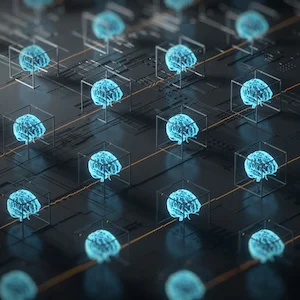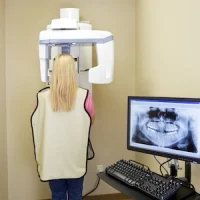New findings show that radiomics and machine learning (ML) can be combined to help ascertain if late gadolinium enhancement (LGE) on cardiac MR images indicated myocardial infarction (MI) or myocarditis.
You might also like: Machine Learning Improves Breast Cancer Screening and Diagnosis
A study published in Radiology: Cardiothoracic Imaging, researchers said that studying LGE regions for the purpose of differentiating between MI and myocarditis can be problematic, which led them to exploring the potential of ML.
The authors explored MR images displaying LGE from 111 patients with MI and an additional 62 patients with myocarditis, gathering 2D and 3D radiomics details. Classification was made with five different ML algorithms.
“In clinical routine, LGE regions are analysed in a visual, qualitative way, which may suffer from intra- and interobserver variability,” wrote lead author Tommaso Di Noto, MSc, University Hospital Zurich in Switzerland, and colleagues.
Di Noto went on to say that in cases with a transmural pattern, the differentiation between MI and myocarditis on the basis of LGE alone could be difficult.
In some instances, differentiating patients with MI and those with myocarditis could be complicated further when clinical information and patient history were limited or patients with both diseases presented in a similar way, he added.
The five algorithms performed as follows:
- Support vector machine classifier had 88% accuracy for 2D features.
- Linear discriminant analysis (LDA) classifier 85% accuracy for 3D features.
- With inclusion of principal component analysis, the LDA classifier demonstrated all over highest accuracy with 86% for 2D and 89% for 3D features.
Notably, the radiomics/machine learning approach outperformed less experienced human readers. However, readers with advanced experience performed better than the algorithms for both 2D and 3D radiomics features.
Study limitations included the sample size and the exclusion of other LGE-related cardiac diseases.
But the overall conclusion was, the findings demonstrated radiomics features highlighted through ML enabled high accuracy MI and myocarditis distinction.
Source: RSNA
Image credit: iStock










